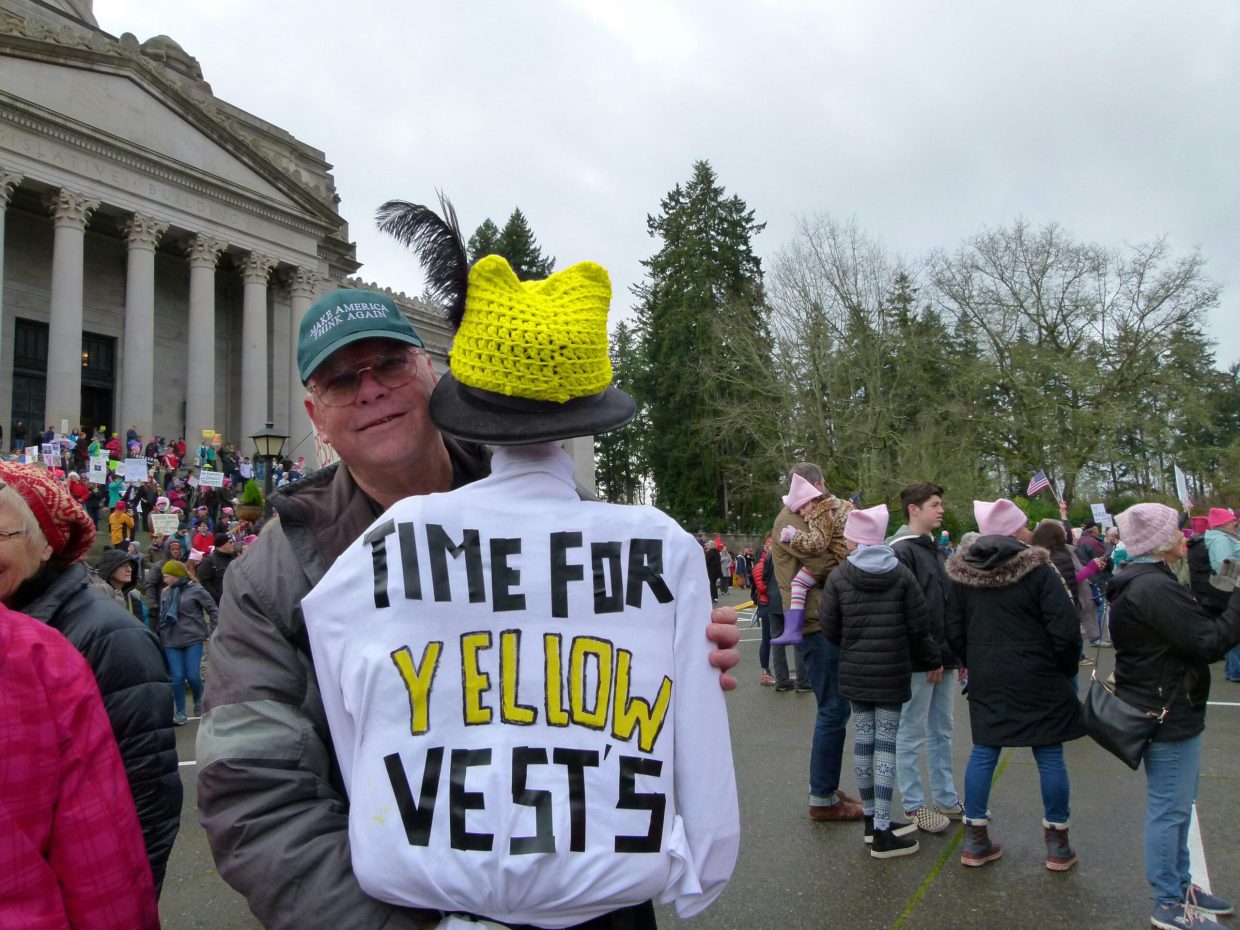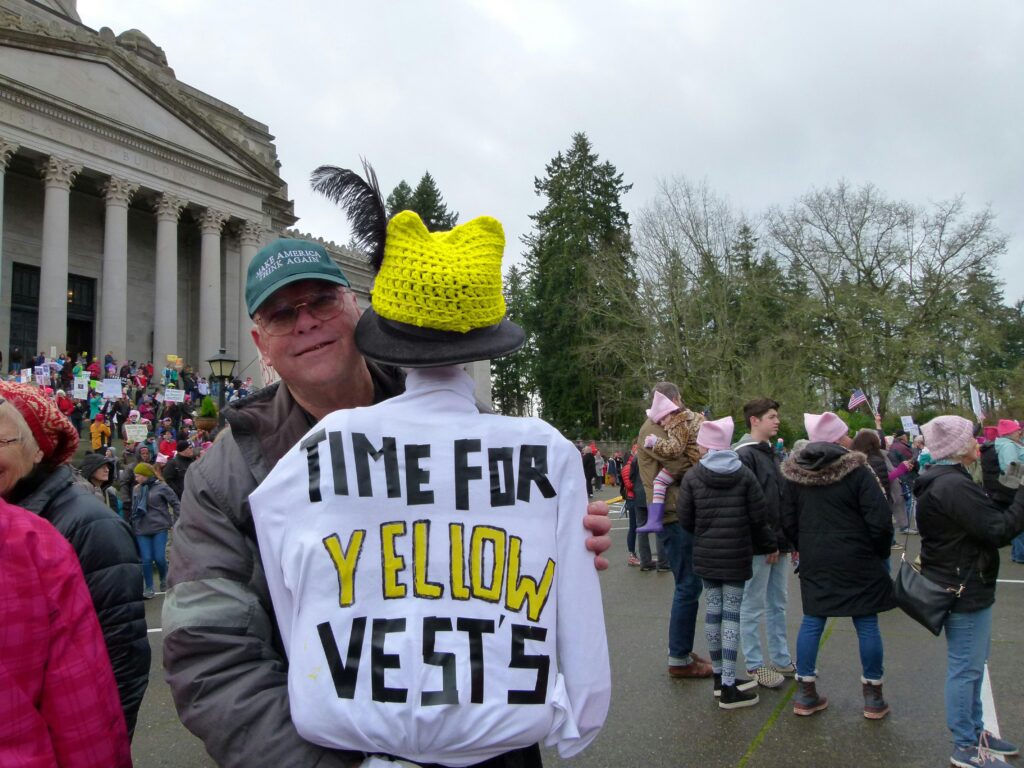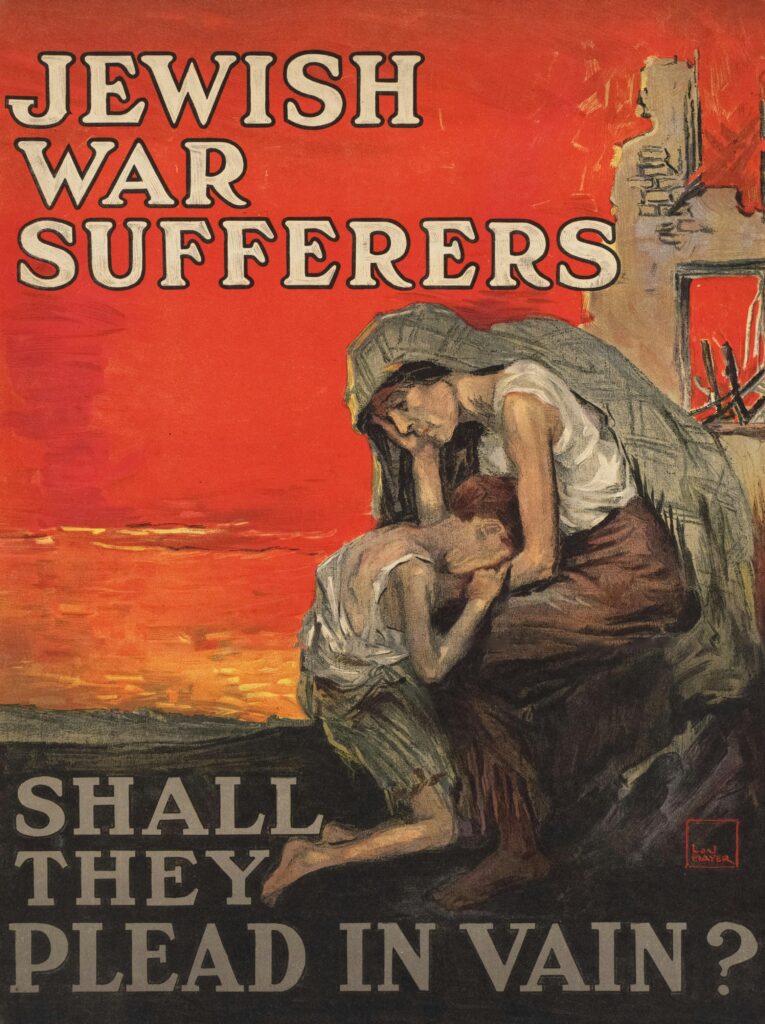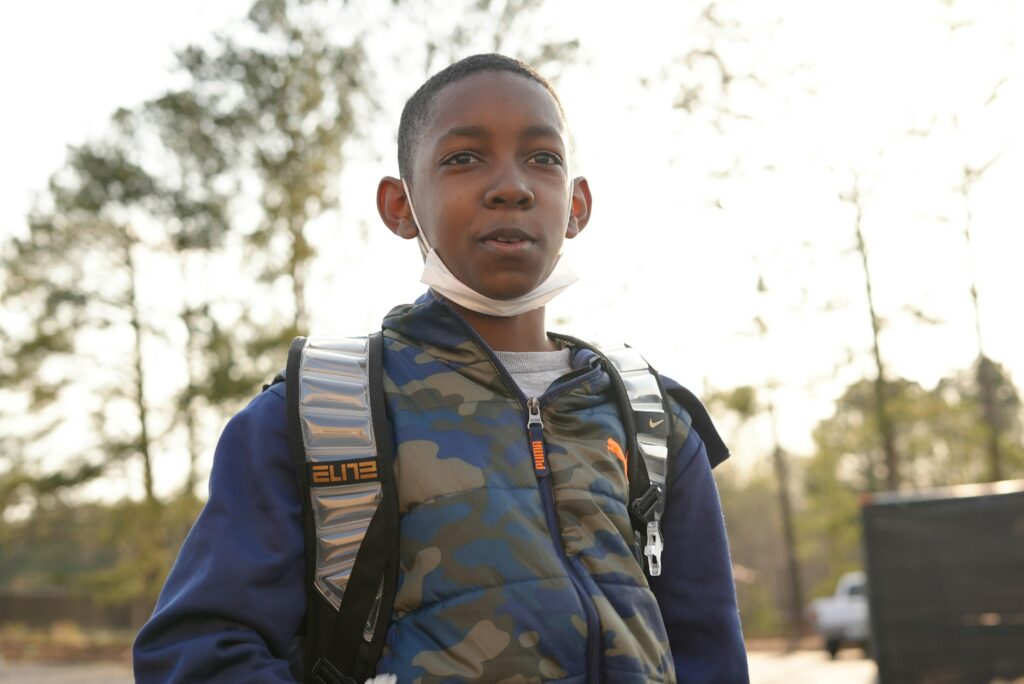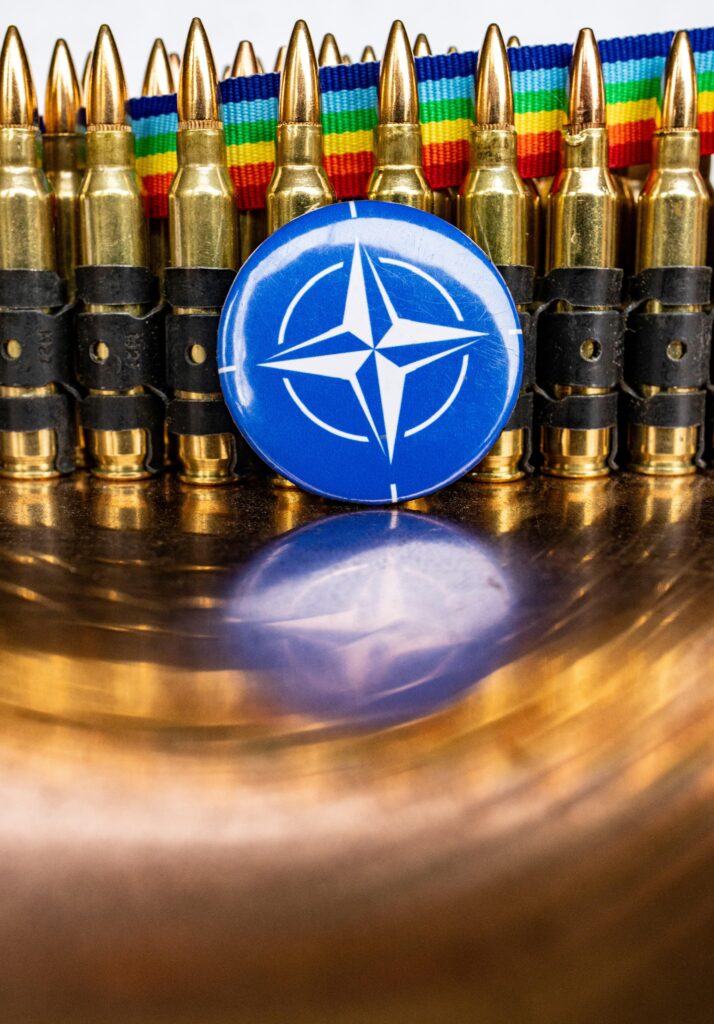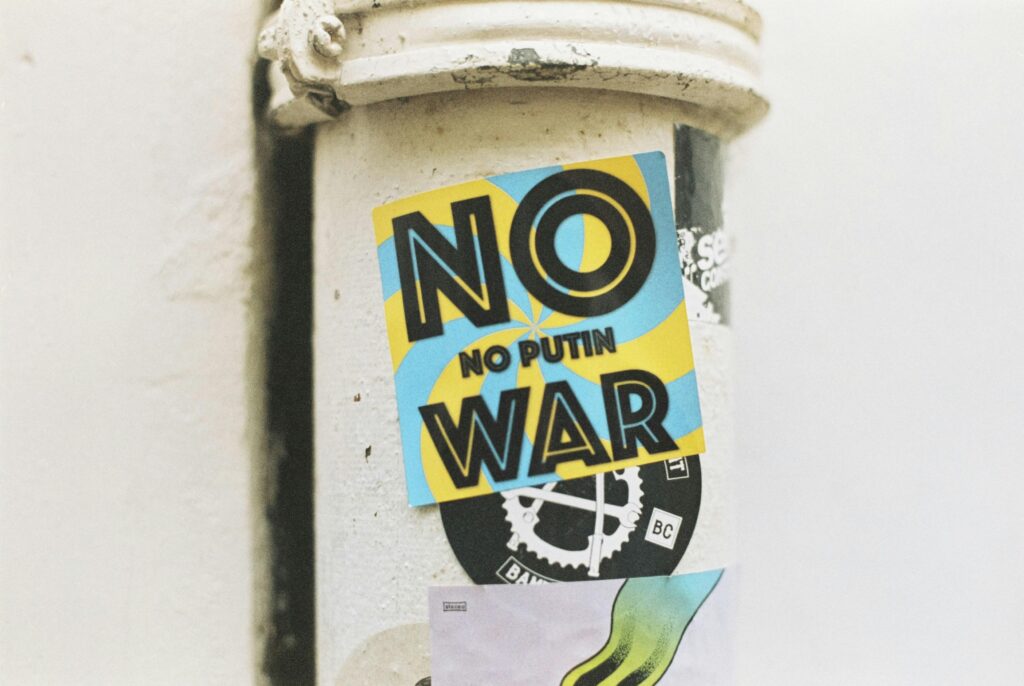Hey there! If you’ve ever wondered what life after service looks like for many veterans, you’re in the right place. PTSD, or post-traumatic stress disorder, is something a lot of veterans face, but it’s often misunderstood. In this article, we’re going to break down what PTSD really means, how it affects those who’ve served, and what you can do to support them. Whether you’re a vet yourself, a family member, or just someone who wants to learn more, stick around — this is an important conversation everyone should be part of.
Table of Contents
- Understanding PTSD Symptoms in Veterans and How They Affect Daily Life
- Common Triggers and How Loved Ones Can Offer Support
- Effective Treatments and Therapies That Really Help Veterans Heal
- Practical Tips for Veterans to Manage PTSD and Reclaim Their Lives
- Final Thoughts
Understanding PTSD Symptoms in Veterans and How They Affect Daily Life
Living with the invisible wounds of war can profoundly impact a veteran’s day-to-day experience. Symptoms like intrusive memories, nightmares, and heightened anxiety don’t just appear randomly—they often persist and shape how veterans interact with the world around them. Routine activities can become overwhelming, making it hard to focus, sleep, or even trust others. Many veterans report feeling isolated due to these challenges, which can intensify feelings of loneliness and frustration. It’s crucial to recognize that these symptoms are not signs of weakness; they’re the brain’s way of processing intense trauma.
Common signs to watch for include:
- Flashbacks or reliving traumatic events
- Emotional numbness or detachment
- Hypervigilance and being easily startled
- Avoiding places or people that trigger memories
- Difficulty maintaining relationships or employment
Understanding these symptoms helps friends, family, and communities provide the right support. Small gestures like patient listening or encouraging professional help can make a significant difference in a veteran’s healing journey. Remember, PTSD affects more than just the individual—it influences their entire support network.
Common Triggers and How Loved Ones Can Offer Support
Veterans with PTSD often face specific triggers that can suddenly bring back intense memories or emotions. These triggers might include loud noises like fireworks or gunshots, crowded or confined spaces, certain smells, or even particular dates or anniversaries connected to their service. Recognizing these triggers is crucial for both veterans and their loved ones, as it helps create an environment that minimizes stress and promotes healing. It’s important to remember that triggers vary widely among individuals; what affects one veteran deeply may not impact another at all.
Support from family and friends plays a vital role in managing these challenging moments. Loved ones can offer comfort by staying calm, providing a safe space, and gently encouraging veterans to express how they feel without judgment. Small gestures, like learning relaxation techniques together or helping to avoid overwhelming situations, can make a big difference. Patience, empathy, and consistent encouragement often empower veterans to feel understood and less isolated on their journey toward recovery.
- Be patient and listen actively.
- Help create calming routines and safe environments.
- Encourage professional counseling and support groups.
- Recognize early signs of distress without pushing for answers.
- Validate their feelings, even when it’s hard to understand.
Effective Treatments and Therapies That Really Help Veterans Heal
Healing from PTSD is a journey that requires personalized approaches, as no two veterans experience trauma in the same way. Among the most effective treatments are Cognitive Behavioral Therapy (CBT) and Eye Movement Desensitization and Reprocessing (EMDR), both of which help veterans process and reframe traumatic memories. Additionally, group therapy offers a safe space where veterans can share their stories and feel understood, fostering connection and reducing feelings of isolation.
Complementary therapies also play a significant role in recovery. Many veterans find relief through mindfulness meditation, yoga, and equine therapy, which help enhance emotional regulation and reduce stress. Support doesn’t stop with formal treatments—peer support networks and family involvement create a strong foundation, reminding veterans that they are not alone in this healing process.
- Trauma-focused cognitive therapy: Tailored to address specific traumatic memories.
- Medication management: To help balance symptoms under professional supervision.
- Service dogs: Providing companionship and emotional support.
- Creative therapies: Art and music as outlets for expression.
Practical Tips for Veterans to Manage PTSD and Reclaim Their Lives
Taking control of PTSD starts with small, intentional steps that foster healing and resilience. Veterans can benefit from establishing a consistent daily routine which includes regular physical activity—even a short walk or gentle yoga can significantly improve mood and reduce stress. Engaging in mindfulness or breathing exercises can also help ground the mind during moments of anxiety. It’s crucial to create a supportive environment by staying connected with trusted friends, family, or veteran support groups who truly understand your experience and provide encouragement without judgment.
Don’t hesitate to explore professional help, whether it’s through counseling, therapy, or medication prescribed by a healthcare professional. Here are some practical actions to consider:
- Keep a journal to track triggers and emotional responses.
- Set realistic goals to avoid feeling overwhelmed.
- Practice self-compassion—remember healing is not linear.
- Limit exposure to news or media content that may exacerbate stress.
- Engage in meaningful hobbies that provide purpose and joy.
Embracing these approaches can make a profound difference on the journey to reclaiming peace and purpose.
Final Thoughts
Thanks for sticking with me through this important topic. Understanding PTSD in veterans isn’t just about knowing the facts—it’s about recognizing the real challenges our heroes face when their battles don’t end on the battlefield. If you have a veteran in your life, remember that a little patience, listening, and support can go a long way. And if you’re a veteran reading this, know that you’re not alone, and help is always available. Let’s keep the conversation going, break down the stigma, and work together to build a community where healing and hope come first. Until next time, take care and stay compassionate!


